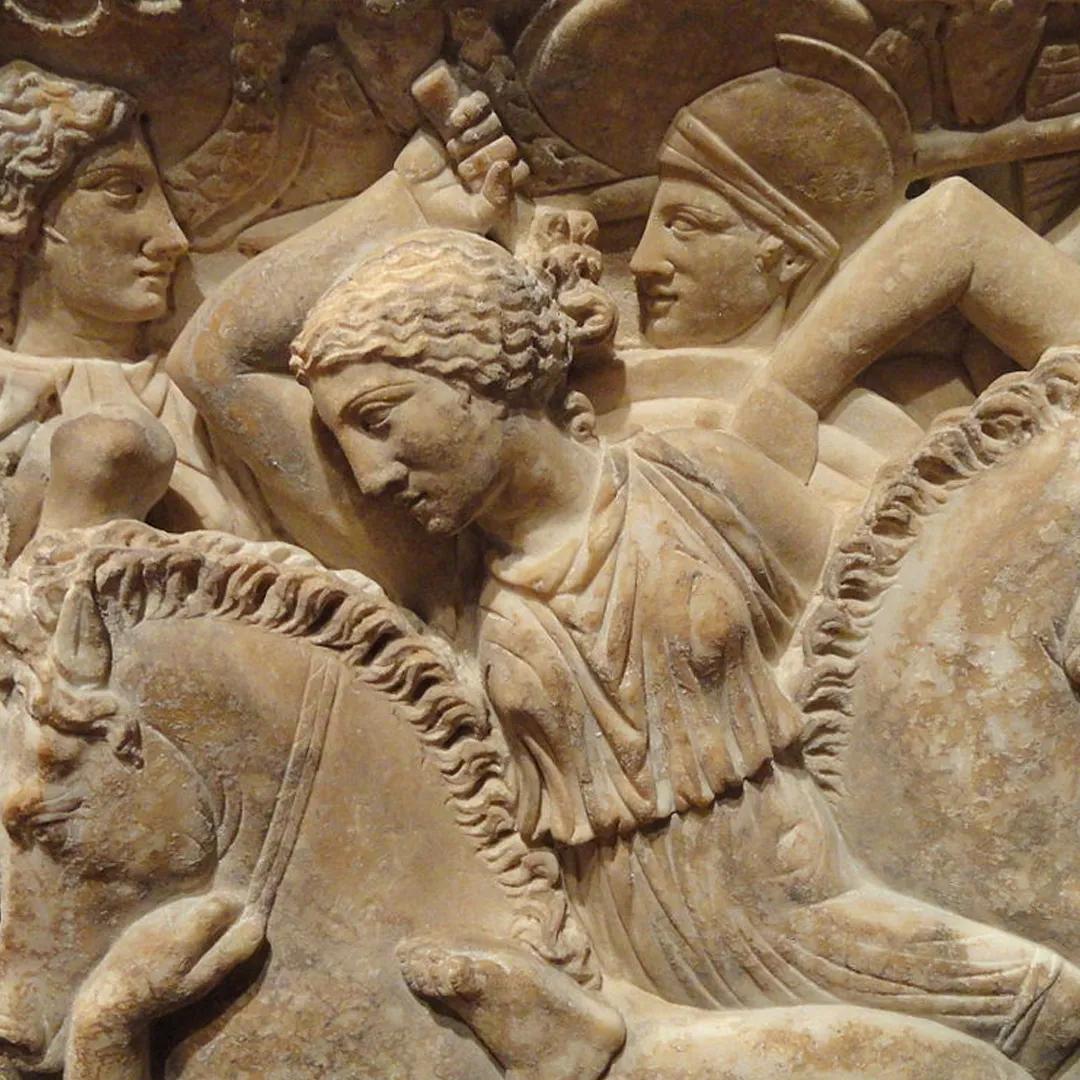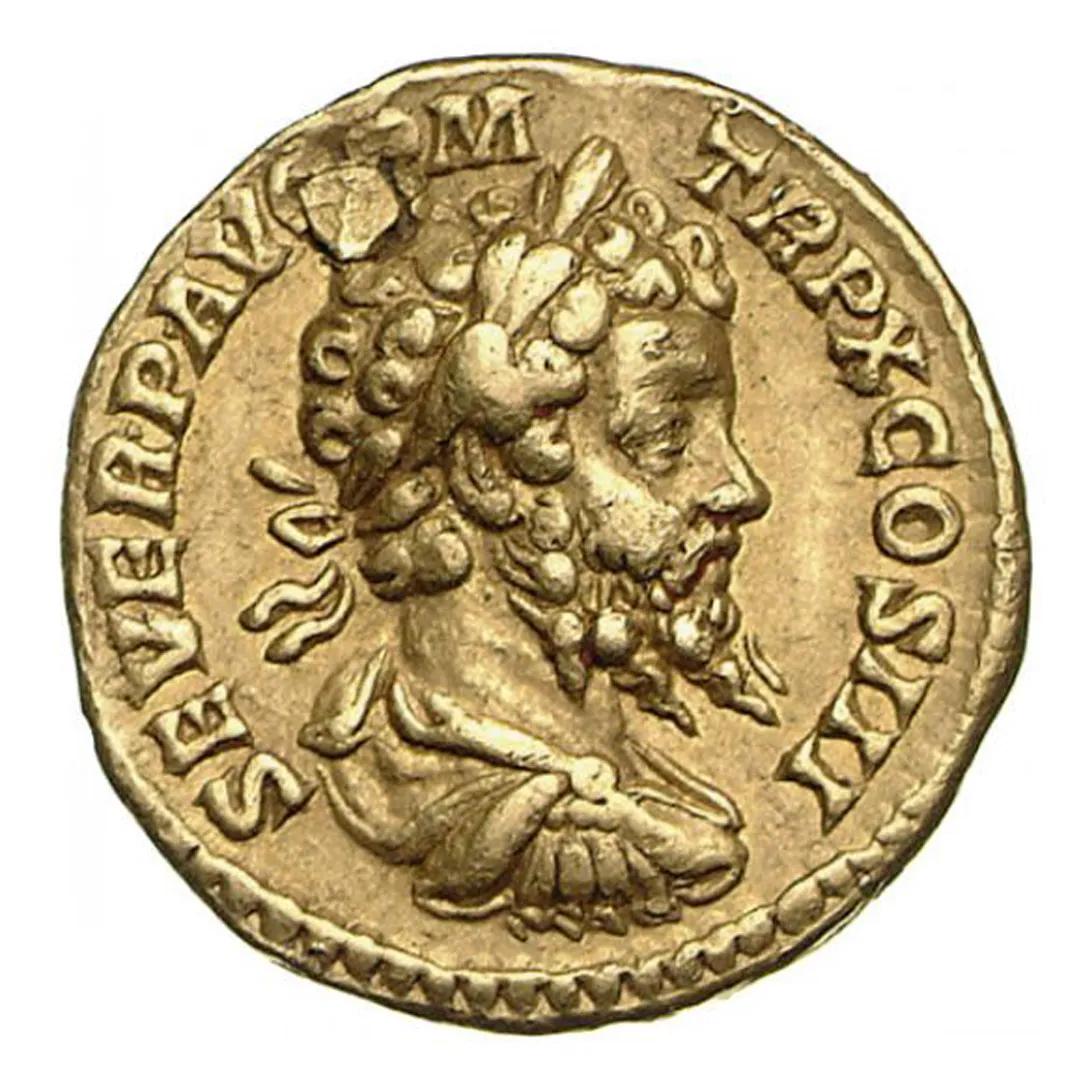- Hidden stories
The Roman empire was a heavily masculine world. Men defined female characteristics such as modesty, obedience, and restrained behaviour. Anything that fell outside of those characteristics, such as aggression or brashness, was a threat to male authority. Instead, Roman women were usually found at home looking after their husband and children. This gendered normality was reserved only for high-born women. It did not apply to low-born women, known as mulieres. As a result, mulieres were allowed to perform as gladiatrices due to their low-class status that was not worthy of respect. In time, gladiatrices were ‘Othered’ - treated as third-class citizens, useful only for the entertainment of the masses or the rich and powerful.
Despite their low status, we know that female gladiators influenced high born women to participate in the games. This was known as the feminarum, where upper class women entered the arena. This must have caused a shock to the established order. In 19 CE, the Roman Senate issued a decree prohibiting upper class men and women from the gladiatorial games. This, however, did little to deter women from the games, nor the elite from employing gladiatrices to display their own power and wealth.
In the 1st century CE, a kind of competition grew between emperors and their predecessors to make each game more thrilling than the last. Emperors such as Nero (54-68 CE), Titus (79-81CE) and Domitian (81-96 CE) used gladiatrices to make their games more entertaining and exotic. Sometimes, they would even employ female gladiators for their own personal entertainment. The exotic nature of female gladiators was described by Roman authors through written texts. Historian Cassius Dio writes of a festival for Nero’s mother Agrippina where upper class men and women drove horses, killed wild beasts, and fought gladiators. In addition to this, the Roman courtier Petronius tells us how a woman was made to fight with a bow and arrow from a chariot (Satyricon, 45).
Cassius Dio also explains how one of Nero’s successors, Titus, organised his games. ‘A battle between cranes and … four elephants; animals both tame and wild were slain to the number of 9,000, and women…took part in despatching them’ (66.25.1). Multiple sources point to Titus’ brother Domitian’s use of female gladiators. From arranging a fight between gladiatrices and ‘dwarfs’ in the Colosseum (Tacitus, Epitome, 67) to female gladiators duelling at night by torch light (Suetonius, Life of Domitian, 4.1). Cassius Dio even comments on the games where the only combatants were Ethiopian men and women (Roman History, 63.3.1).
Gladiatrices were often subjected to the emperors’ whims through the re-enactment of myths in the arena. Roman poet Martial relates one story in which, during the opening of the Colosseum in 80 CE, a gladiatrix played the part of Venus, the Roman goddess of love. “It is not enough that warrior Mars serves you in unconquered arms, Caesar,” Martial writes, “Venus herself serves you too” (Spectacles, 6). The re-enactment of myth can also be seen on one of the few pieces of archaeology that depict female gladiators - the relief of Achillia and Amazonia.
The relief was discovered at Halicarnassus in Turkey. It shows two gladiatrices facing each other wearing greaves that protected the legs and carrying large oblong shields. Both were bare-chested, which may have thrilled the male audience. It created an exotic sort of games that attracted many to the arena by the strangeness of female fighters, the myths they re-enacted, and the nakedness of their bodies.
The two gladiatrices seen on the relief are called Achillia and Amazonia. This tells us what myth they played out in the arena: the story of Achilles and the Amazonian queen Penthesilea. The Amazons were a race of warrior women and recurrent enemies in Greek myths and legends. Penthesilea was the daughter of Ares and the Amazonian queen Otrera. Seeking redemption for the death of her sister Hippolyta, Penthesilea led an army of Amazons against the Greeks during the Trojan War.
During the war, Achilles and Penthesilea met on the field of battle where he killed her with a thrust of his spear. As she lay dying, Penthesilea’s helmet fell from her head, revealing her beauty and causing Achilles to fall in love with her at the moment of her death. A Greek soldier, Thersites, later mocked Achilles for having grieved over Penthesilea, which Thersites would not live long enough to regret.
The myth of Achilles and Penthesilea was very popular and can be seen on Greek amphorae or earthenware. This popularity can also be seen on the relief of Achillia and Amazonia as their names are a clear reference to the myth. The two gladiatrices facing off against each other, recreating the story that led to the death of the Amazonian queen for the entertainment of the crowd.
The practice of female gladiators continued to challenge traditional gender roles until the reign of Septimus Severus in the 2nd and 3rd century CE. According to Cassius Dio, in one event at the games “women took part, vying with one another most fiercely, with the result that jokes were made about other very distinguished women as well. Therefore, it was henceforth forbidden (by Septimius Severus) for any woman, no matter what her origin, to fight in single combat” (76.16). Gladiatrices defied the values that underpinned Roman culture and the respect due to high-born Roman women. By banning all women from fighting in the arena, Severus was upholding traditional Roman values.
Female gladiators represented not just a threat to Roman gender norms, but also to Roman societal norms. Gladiatrices were ‘othered’ in society and regarded as mulieres, or low born women. Yet, they were seen as exotic for the peculiarity of being fighting women and for their nakedness that provided arousal for male audiences. They were used by emperors as tools for their own entertainment and to display their power and wealth.
Hopefully, in time we will uncover more evidence on gladiatrices and find out more about these incredible lives in the arena.







Join the conversation